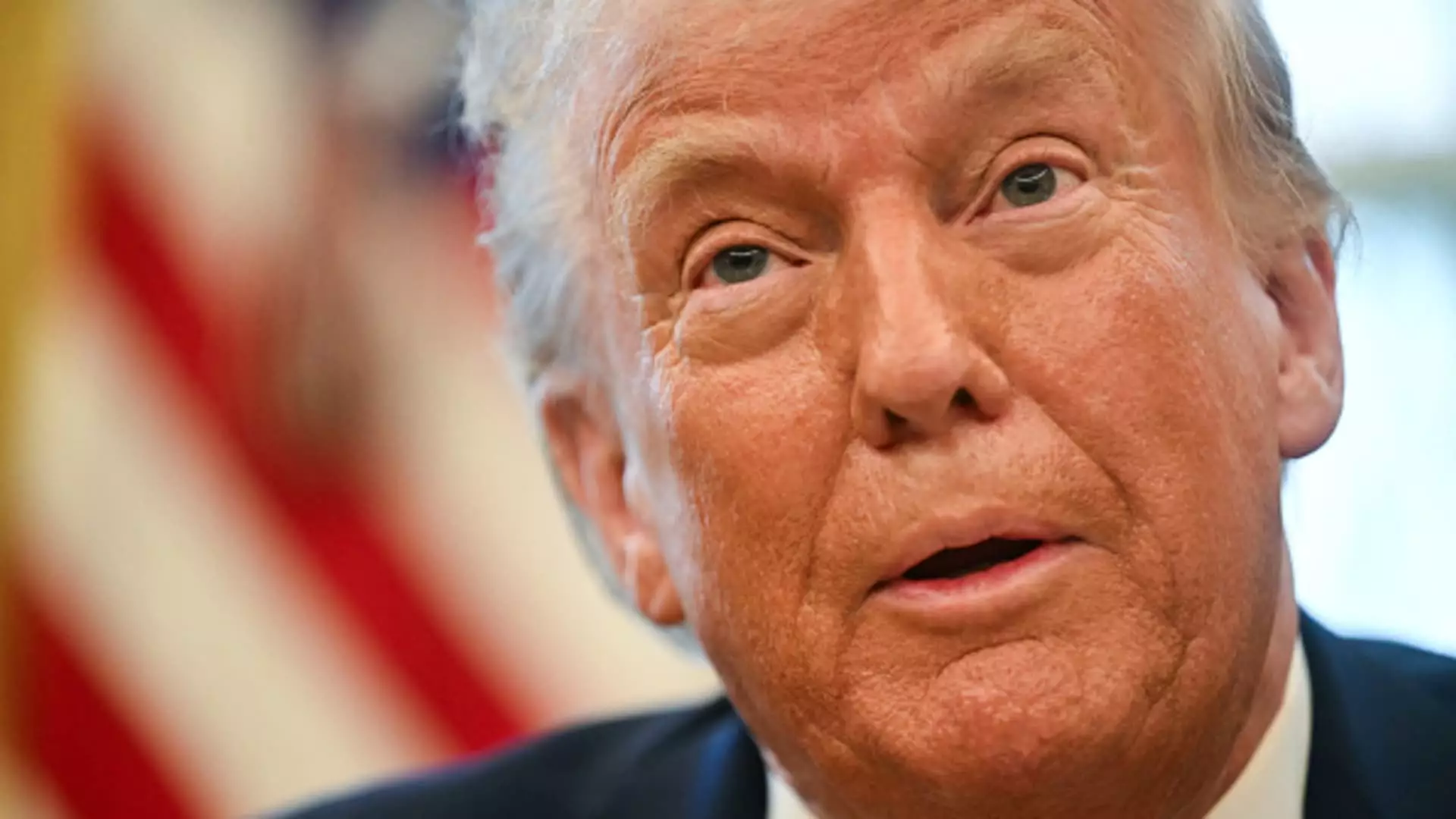In a bold move, President Donald Trump signed an executive order aimed at establishing a government-operated sovereign wealth fund. This initiative is positioned not only as a mechanism for economic growth but also as a strategic tool for enhancing American influence in various global locales, including Panama and Greenland. The fund has the potential to significantly reshape the economic landscape and public perception regarding government involvement in financial markets and infrastructure development.
According to U.S. Treasury Secretary Scott Bessent, the fund is intended to “monetize the asset side of the U.S. balance sheet for the American people” within a 12-month timeline. While the ambition behind this fund appears expansive, detailing its structure and operation remains elusive. The fund aims to finance critical infrastructure projects, including airports and highways, and it may provide the capital needed for prospective acquisitions, such as a stake in the social media platform TikTok. This particular acquisition reflects a nexus of technological stewardship and national security, as the app’s ownership has raised significant concerns regarding user data security and Chinese influence.
One of the more controversial aspects lies in potential funding mechanisms, such as tariffs which Trump proposed during his campaign. Unlike smaller nations with sovereign wealth funds that often derive their capital from natural resource exploitation and fiscal surpluses, the U.S. is currently grappling with substantial budget deficits. This disparity raises fundamental questions about the viability and sustainability of a U.S. sovereign wealth fund. Nations like Norway and China employ their wealth funds effectively, boasting trillions in assets. A U.S. fund could initially alleviate the country’s heavy reliance on issuing Treasury debt, which has been a point of contention among fiscal conservatives.
As the global landscape becomes increasingly competitive, the establishment of a sovereign wealth fund positions the U.S. to vie for supremacy in international finance. For example, Norway’s sovereign wealth fund, the world’s largest at over $1.7 trillion, exemplifies successful management of national wealth, facilitating diverse investments across global markets. Such an initiative could empower the U.S. to better compete with China’s $1.3 trillion investment vehicle or Singapore’s well-regarded reserves, thereby enhancing its strategic economic posture.
Although the goals surrounding the sovereign wealth fund may appear promising, skepticism remains widespread regarding transparency and governance. Critics warn of potential pitfalls such as corruption and conflicts of interest if stringent regulatory frameworks aren’t established. The absence of accountability in fund management has been a recurring theme in similar entities globally, creating doubt about their ethical standing and effectiveness. The need for comprehensive oversight becomes adjunct to any operational framework for the fund, ensuring that it genuinely serves the public interest.
The establishment of a U.S. sovereign wealth fund could indeed signify a transformative shift in economic strategy, offering various opportunities for growth and investment. Nonetheless, its success heavily depends on careful planning, robust governance, and an ethical framework that addresses public concerns. As the proposal evolves, it remains imperative to evaluate its impacts critically and to ensure that it aligns with broader national interests while safeguarding against misallocation of resources.

